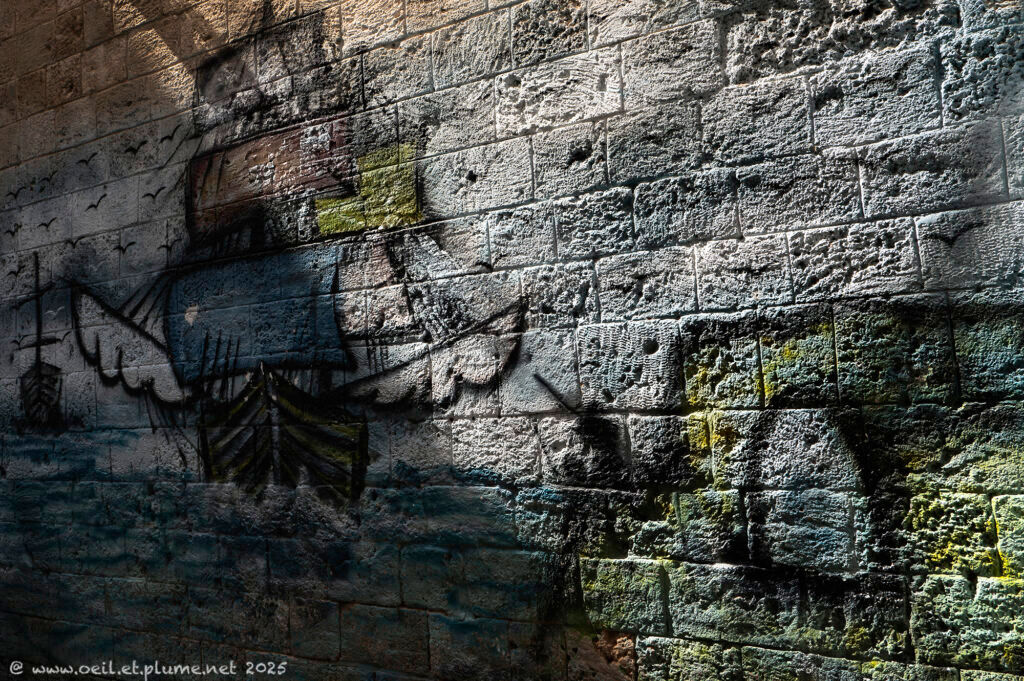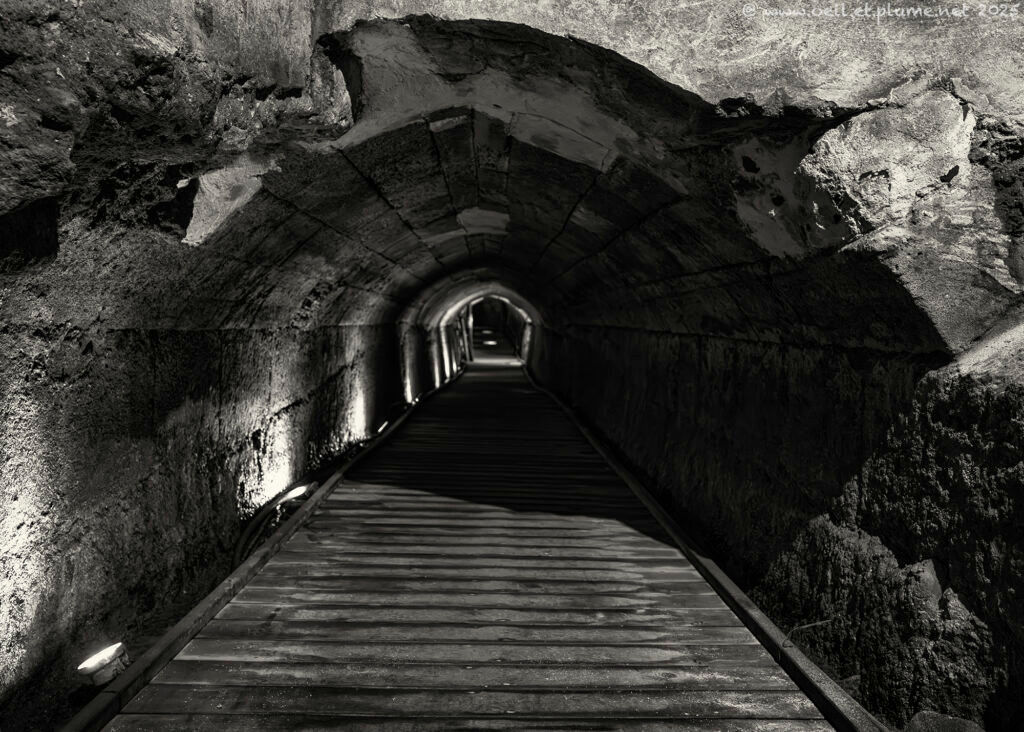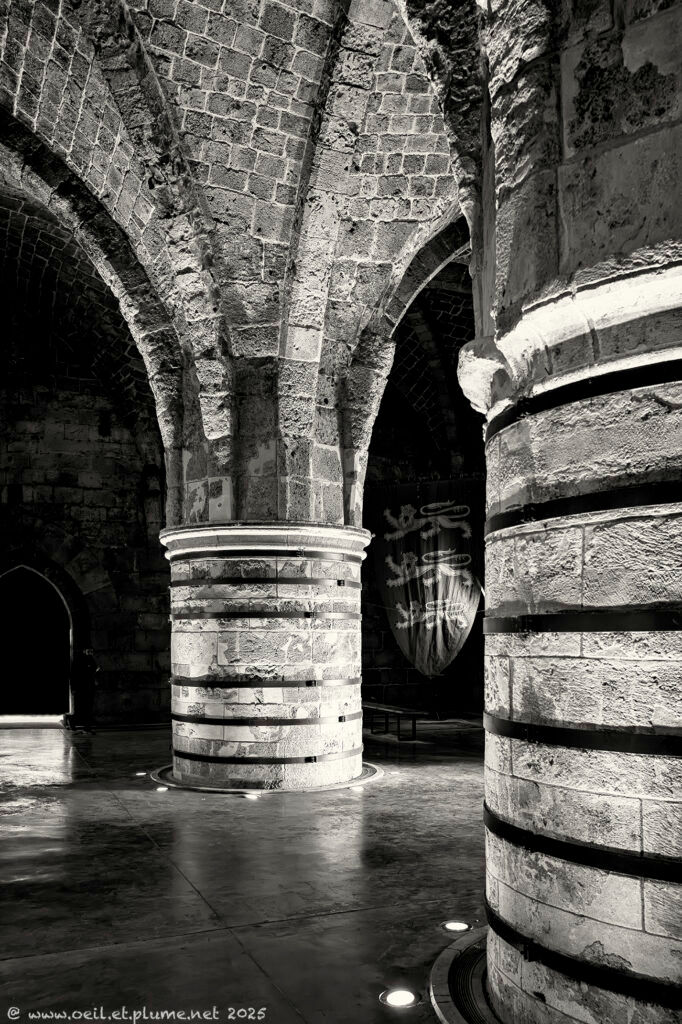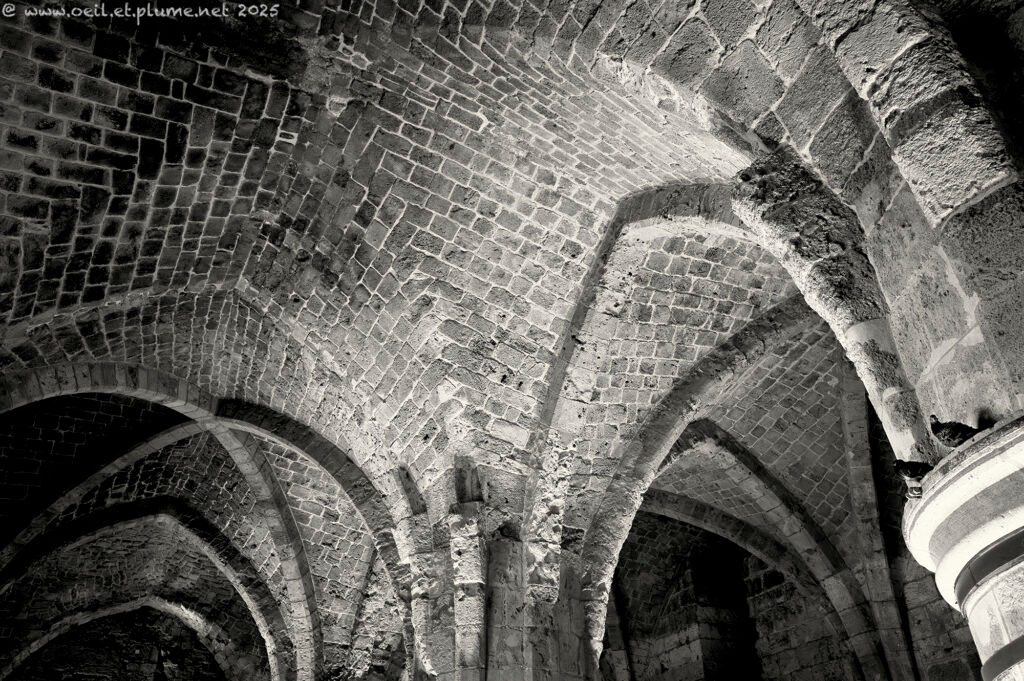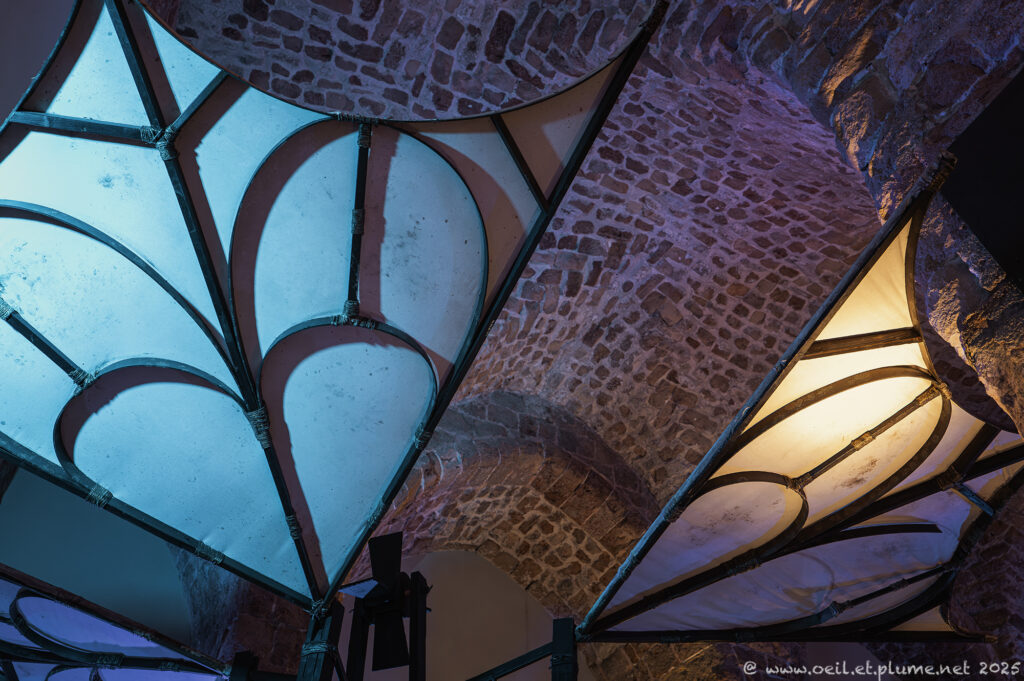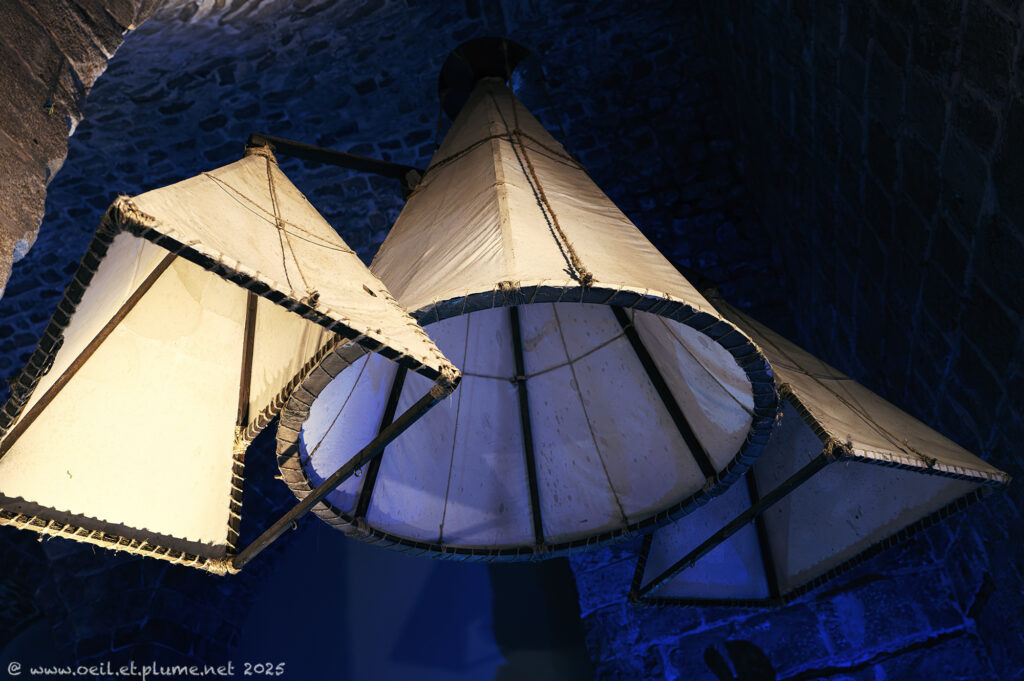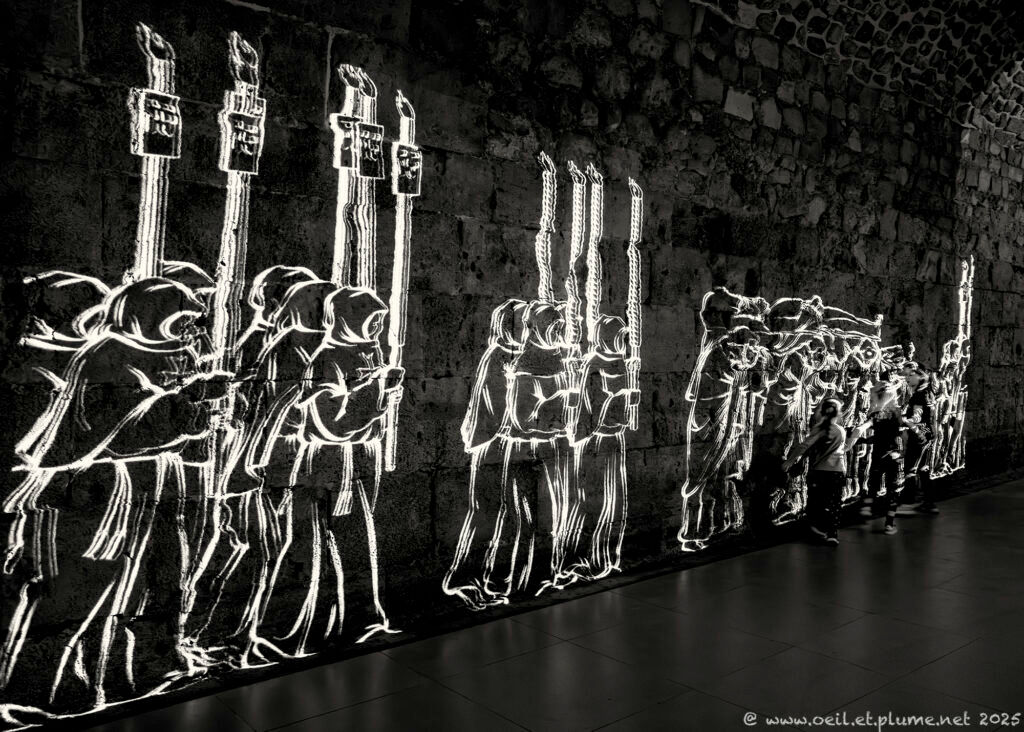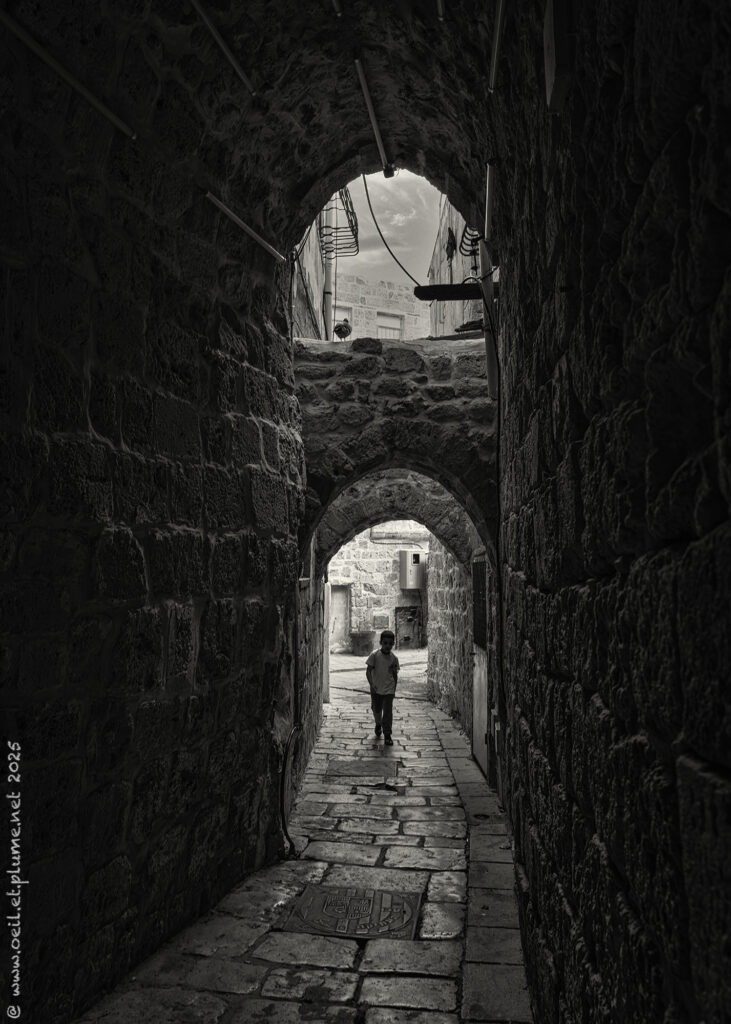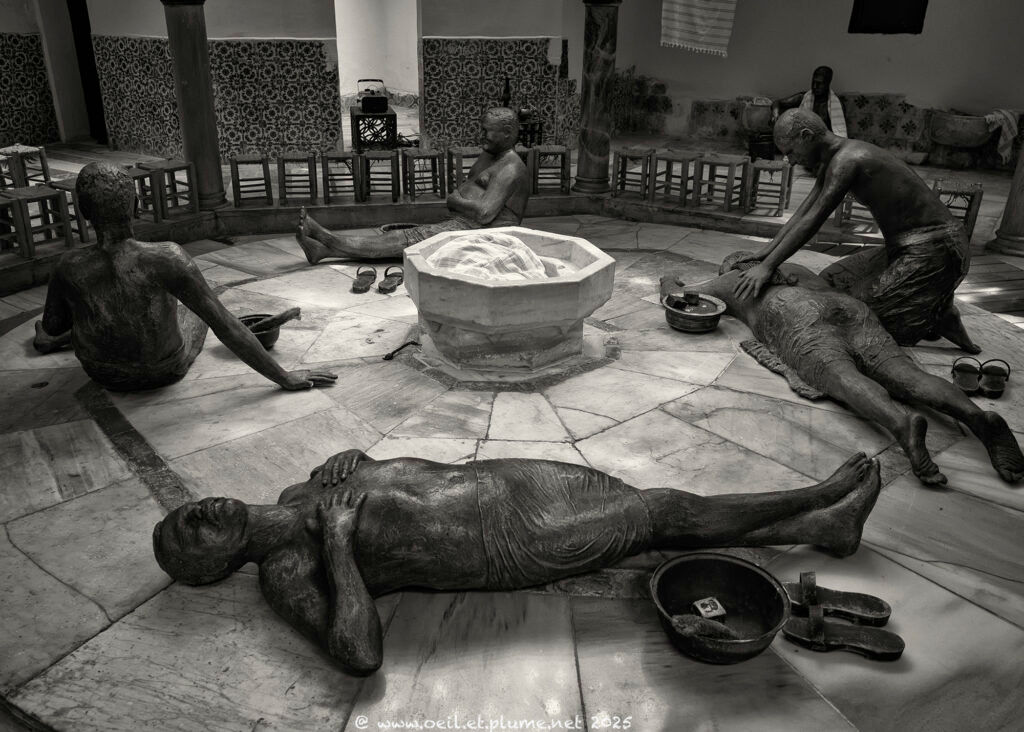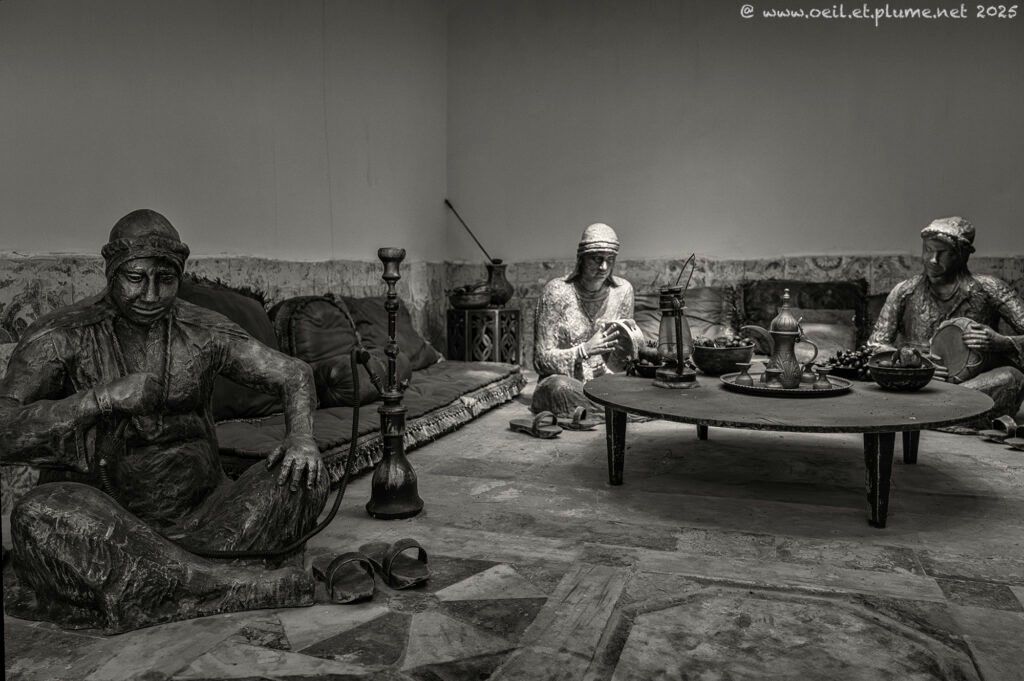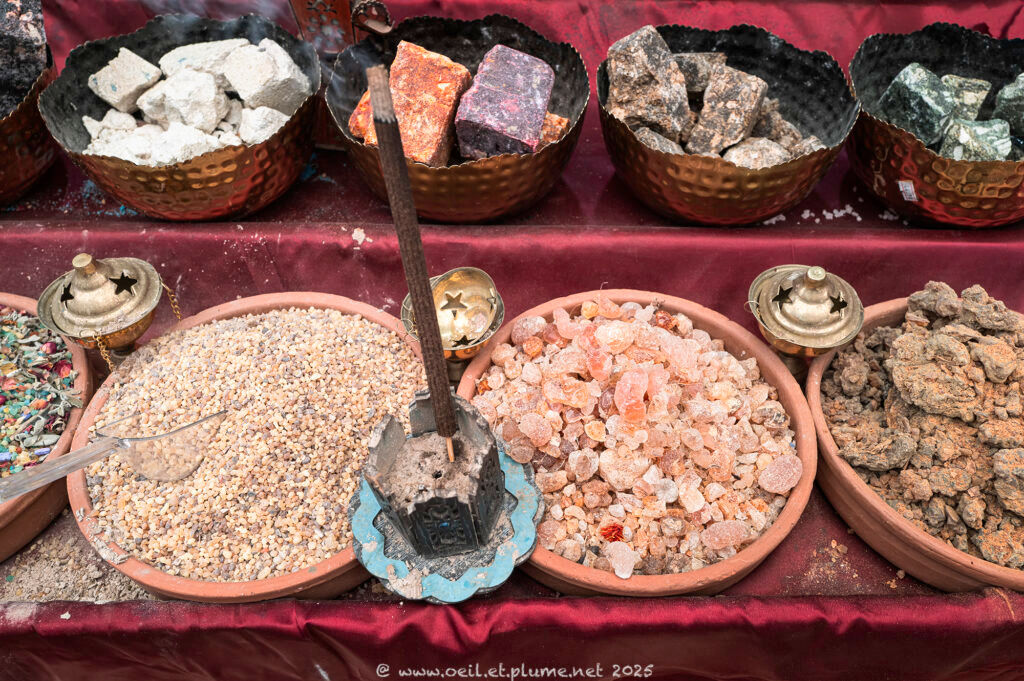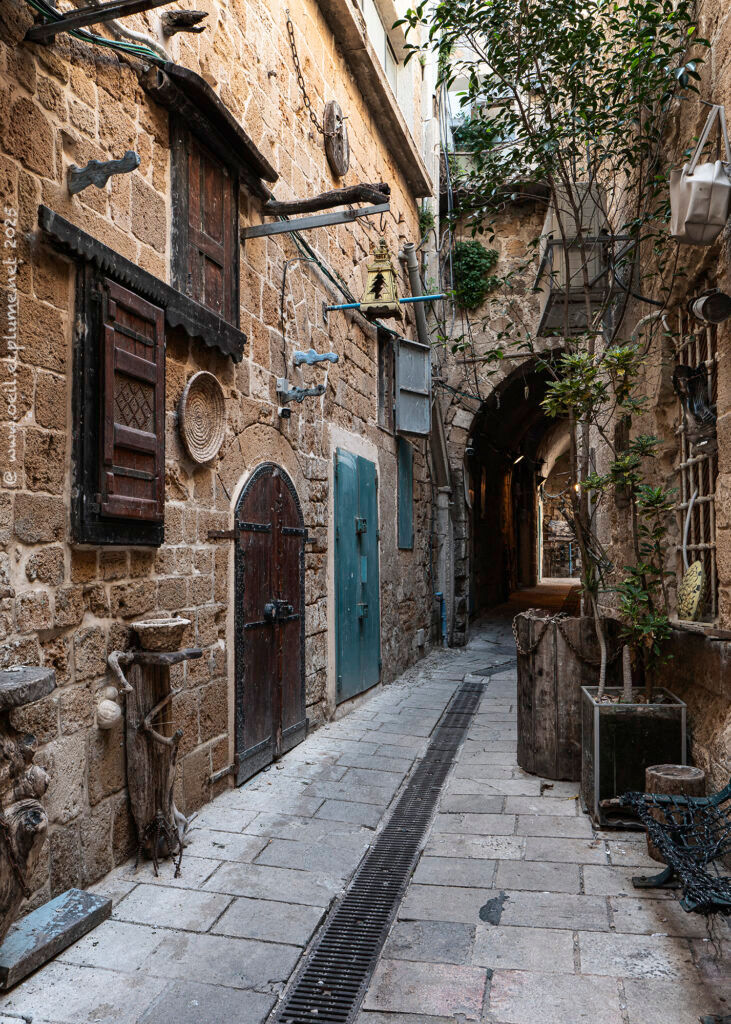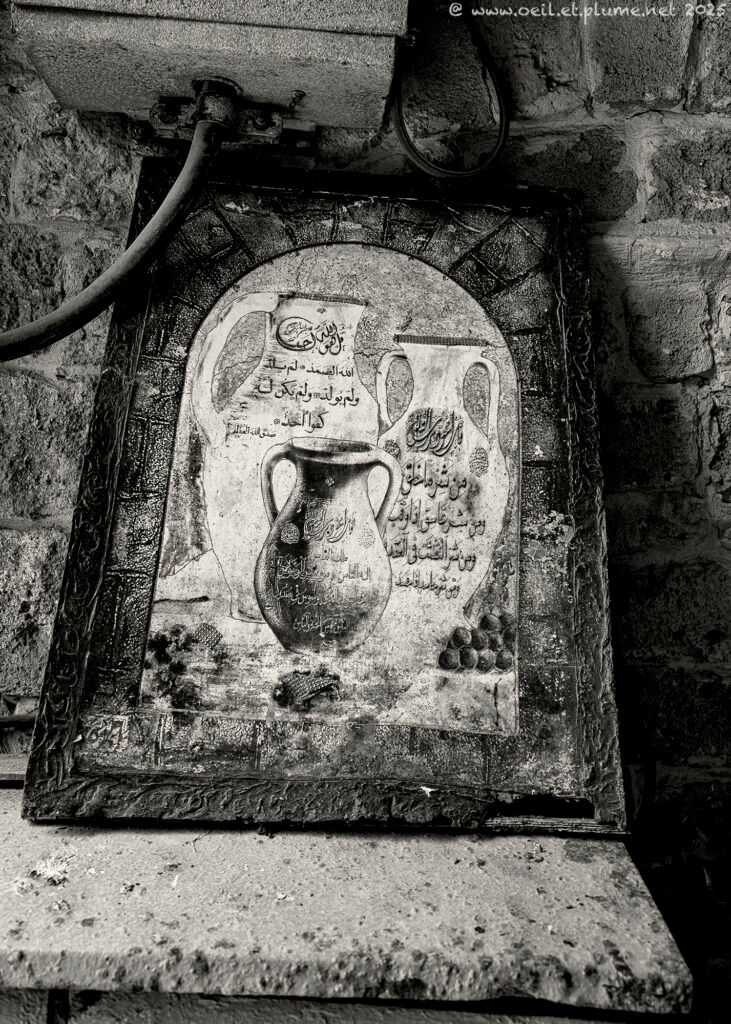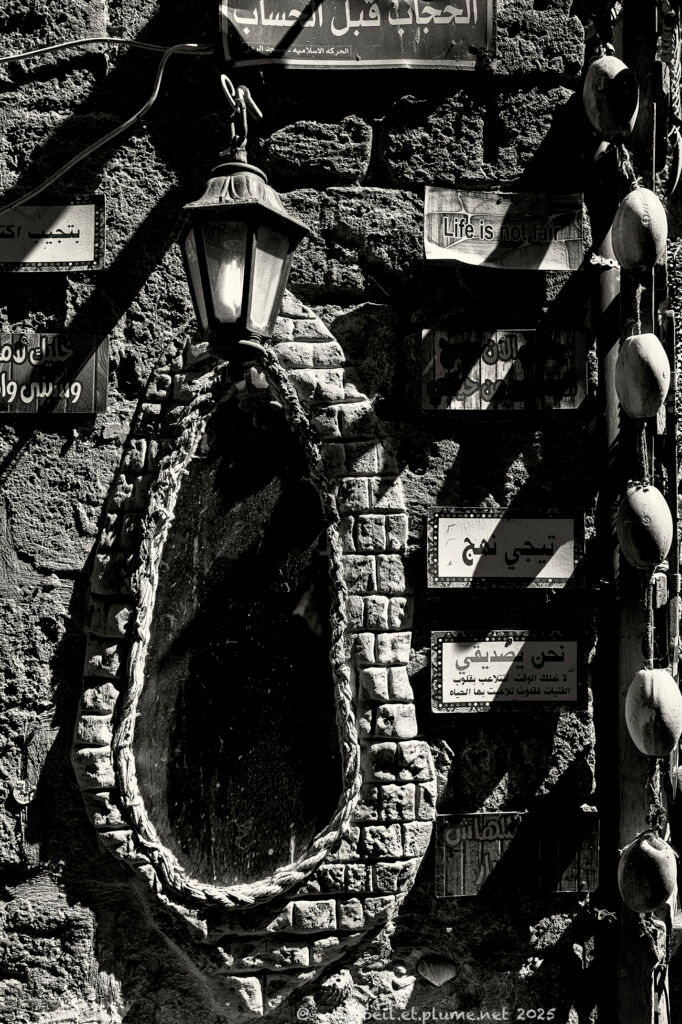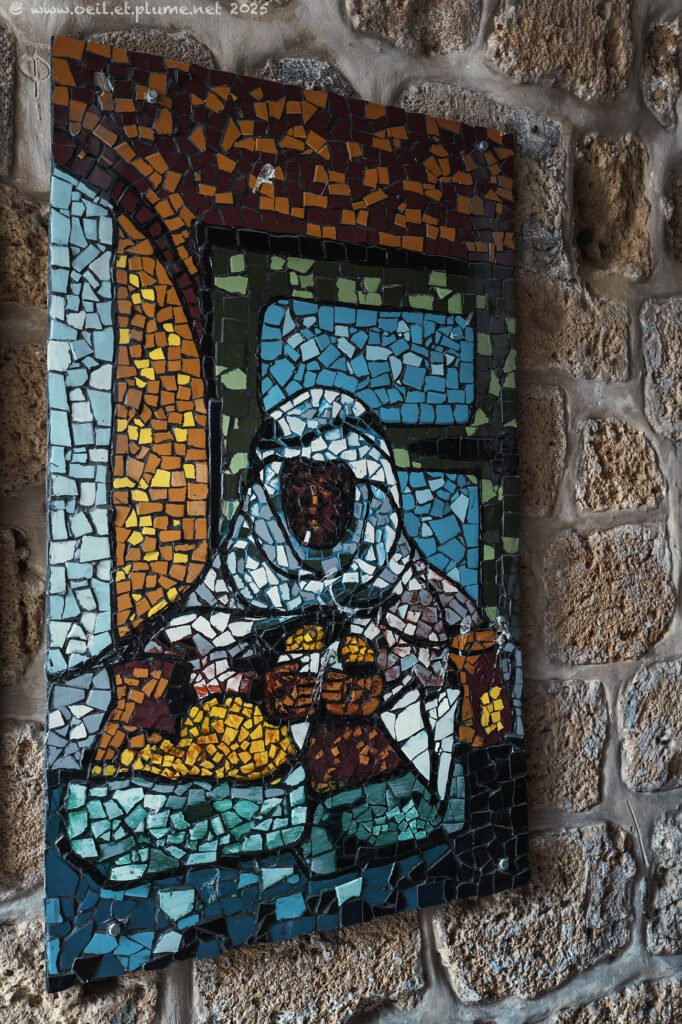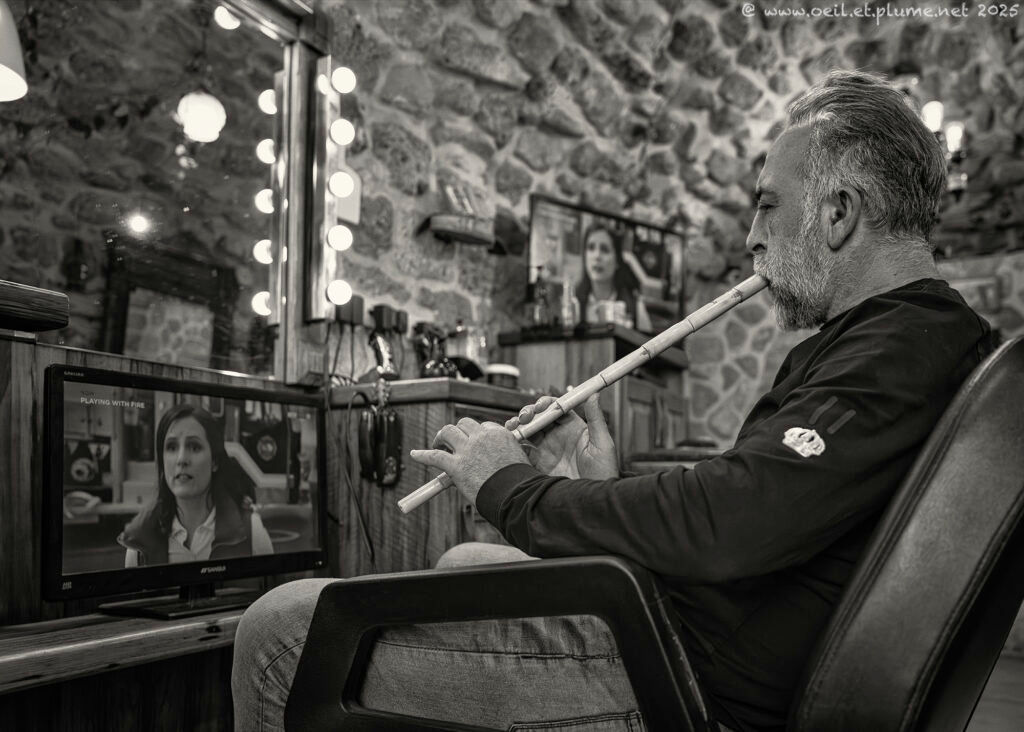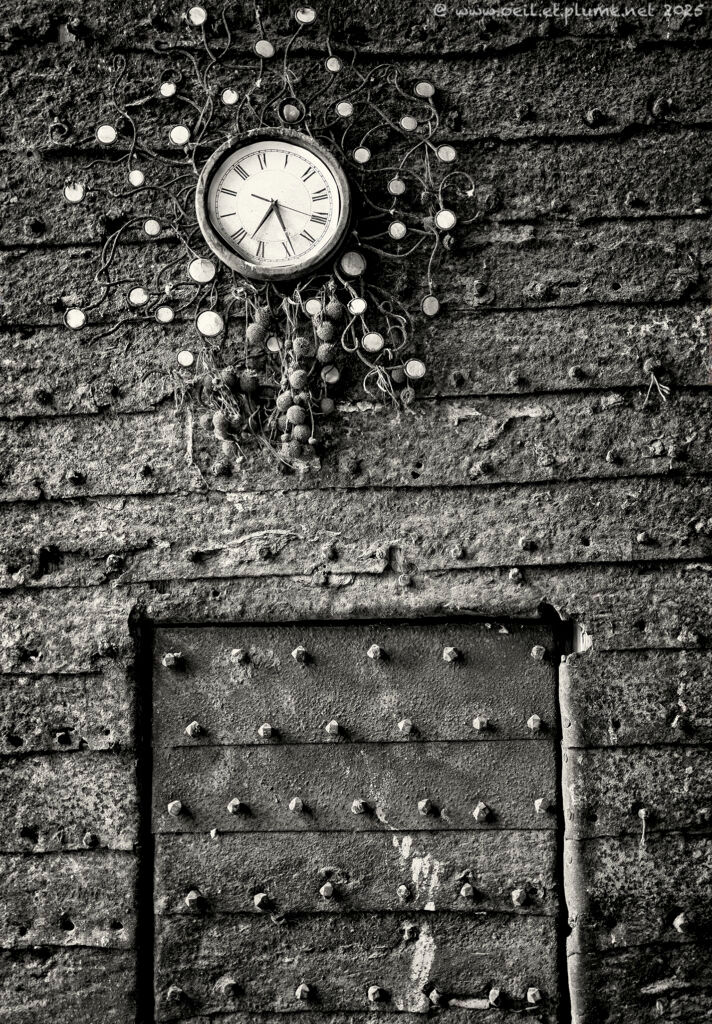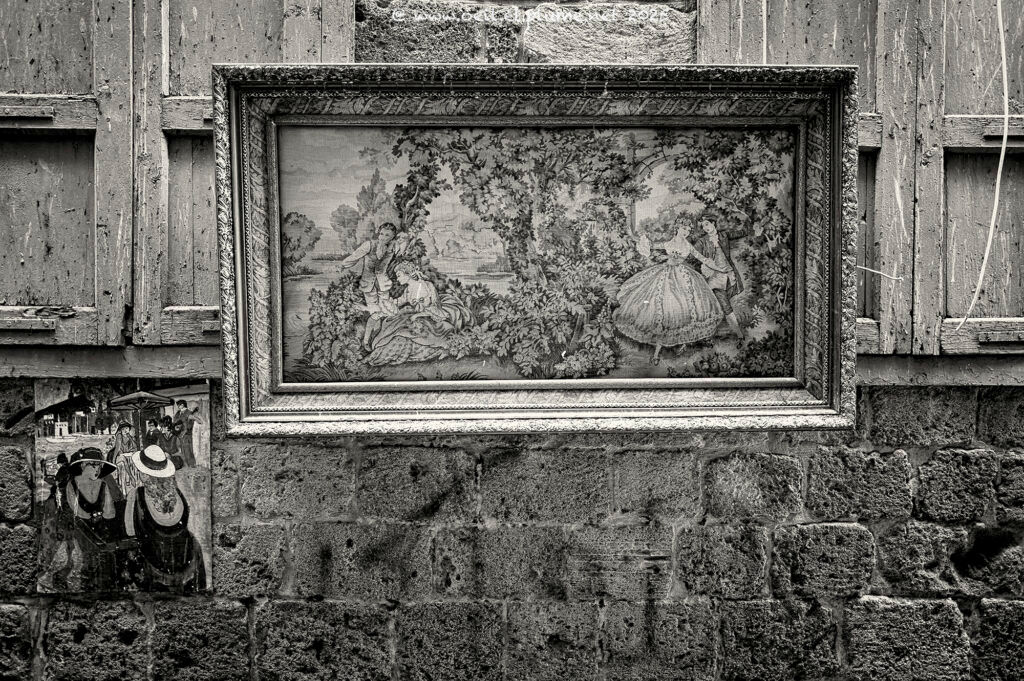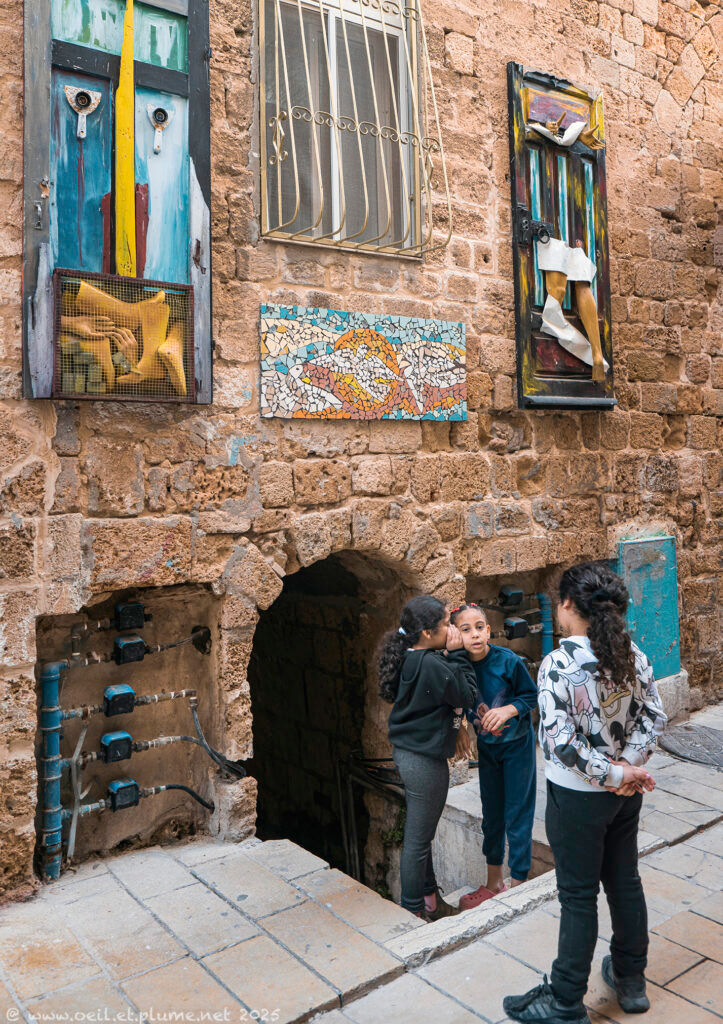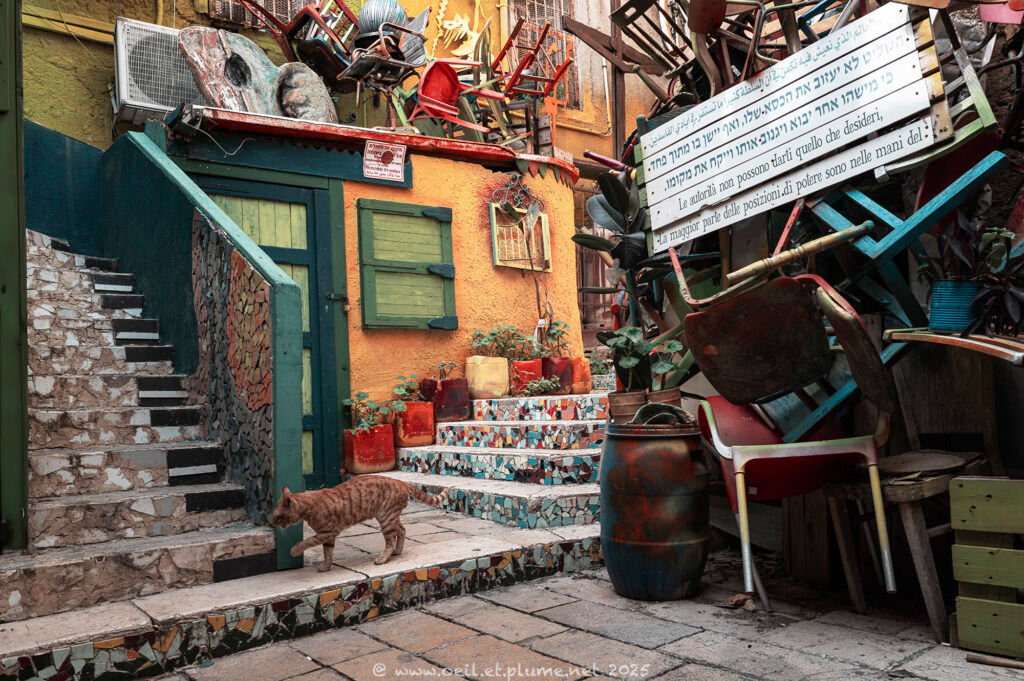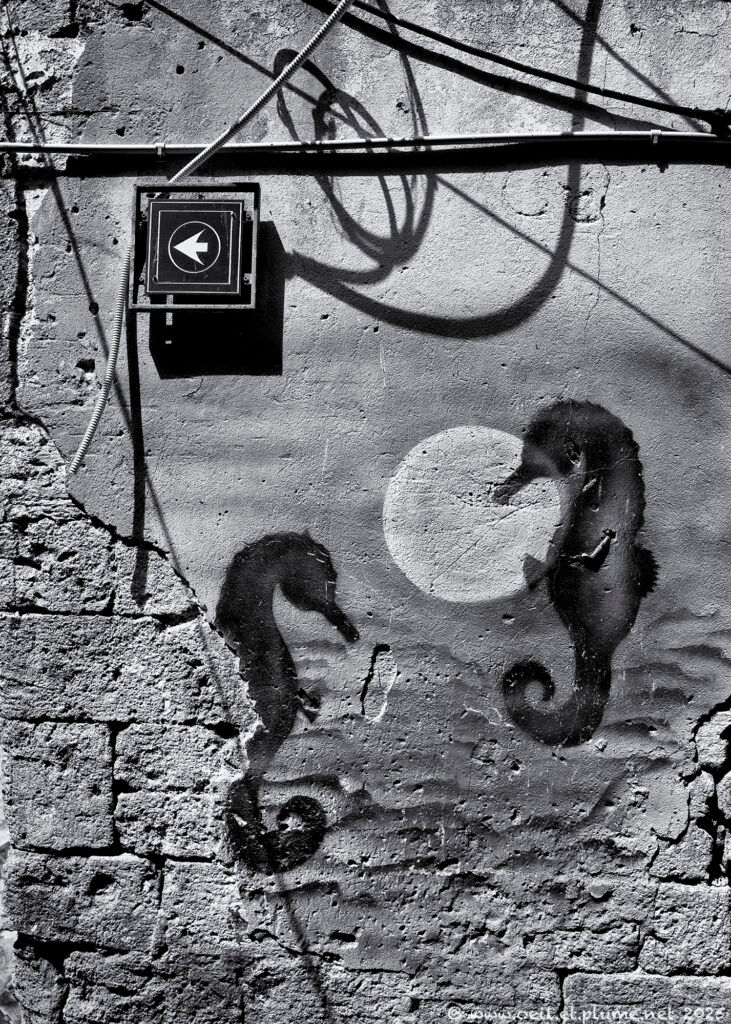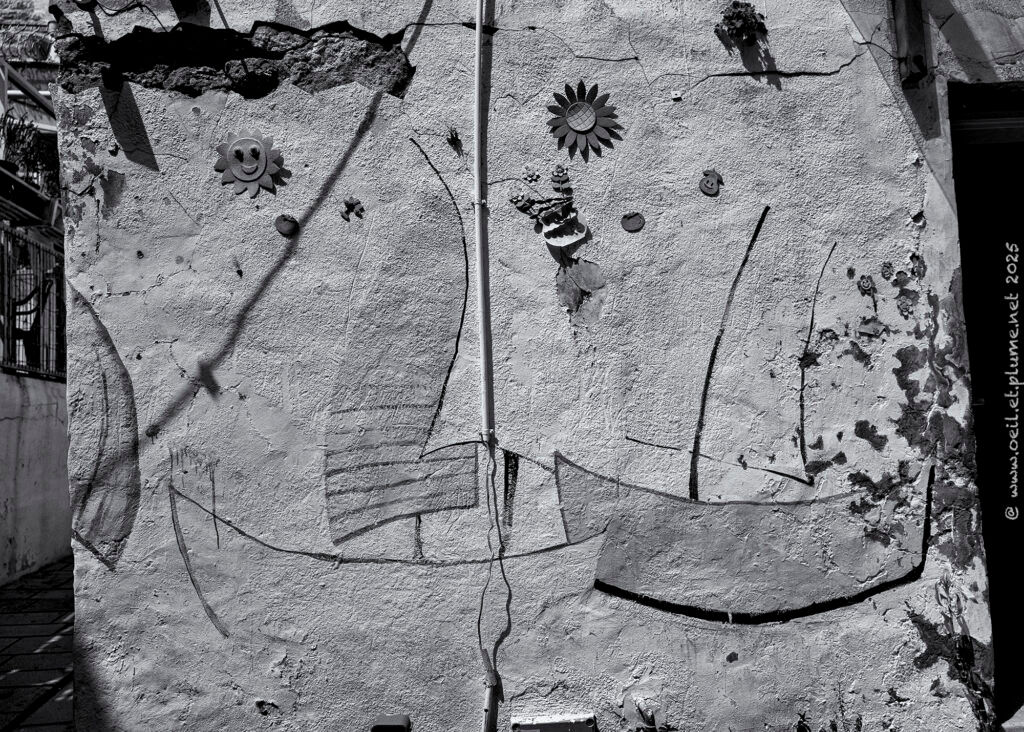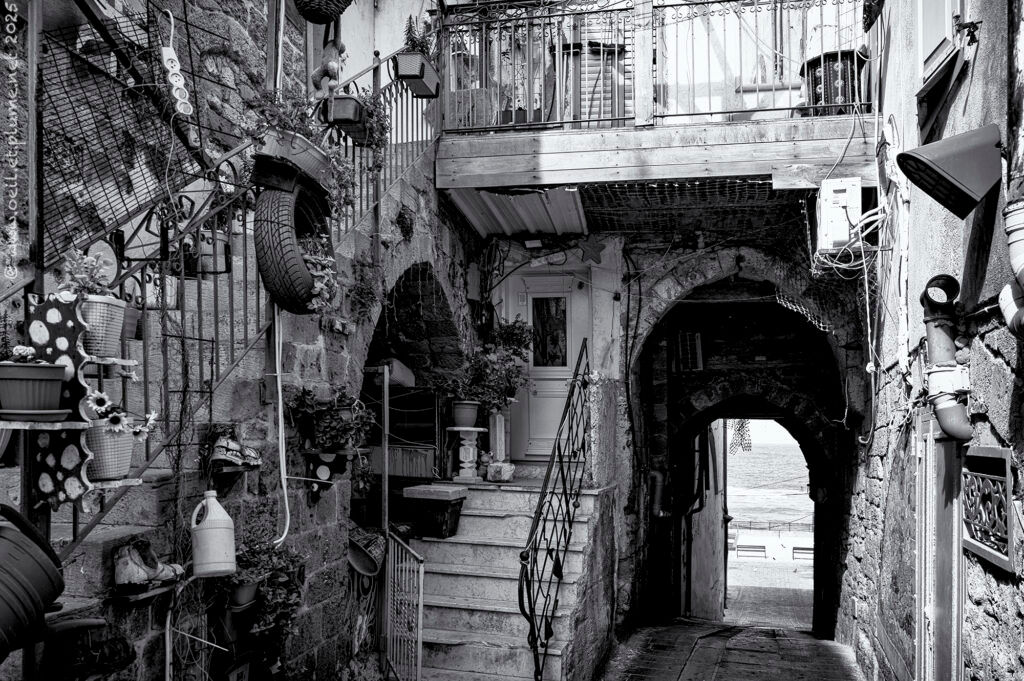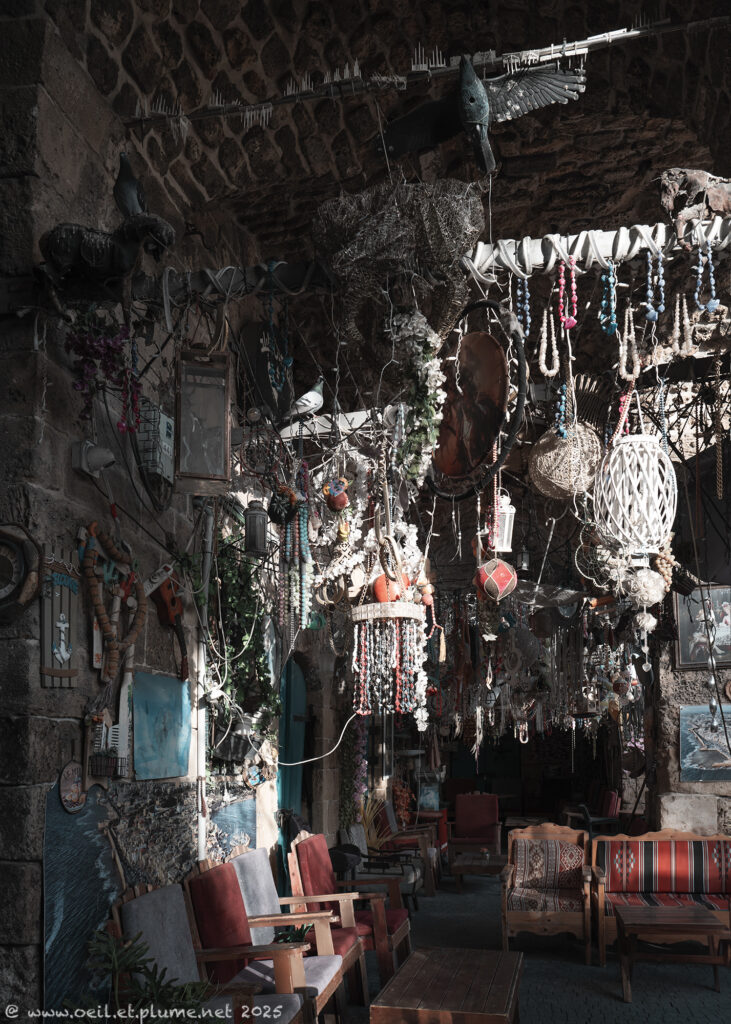Having retraced the last hours of John the Baptist in Sebastia in Northwestern West Bank, I head to the port town of Acre in northern Israel. John the Baptist was the patron of the Knights Hospitaller who were headquartered in Acre during the Christian Crusades in the Holy Land. Acre is also where the Crusades drew to an end.
In medieval times, Acre was a maritime foothold and a bustling international trade hub in the eastern Mediterranean Sea.The small but strategic town witnessed several major historical battles. It took nearly three years of siege to the Crusaders to defeat Saladin in the late 12th century. Acre became eventually the capital of the Kingdom of Jerusalem.
Two centuries later in 1291, the Crusaders lost Acre in a fierce and bloody battle against the Mamluk, ceding their last stronghold in the Holy Land. The city was destroyed by the Mamluk to subsist as a humble fishermen village. In the late 18th century, an Arab ruler made of Acre its capital. Then came the Ottoman rule, which further developed the modest town. Acre witnessed another famous military siege in 1799, during which Napoleon’s troops attempted to seize the town, in vain.
Today’s Acre’s old town owes much to the Crusaders and the Ottoman periods. Furthermore, it distills a strong Arabic life style character and a vibrant contemporary street art scene.
Medieval and Renaissance flavours
Arabic and Ottoman legacies
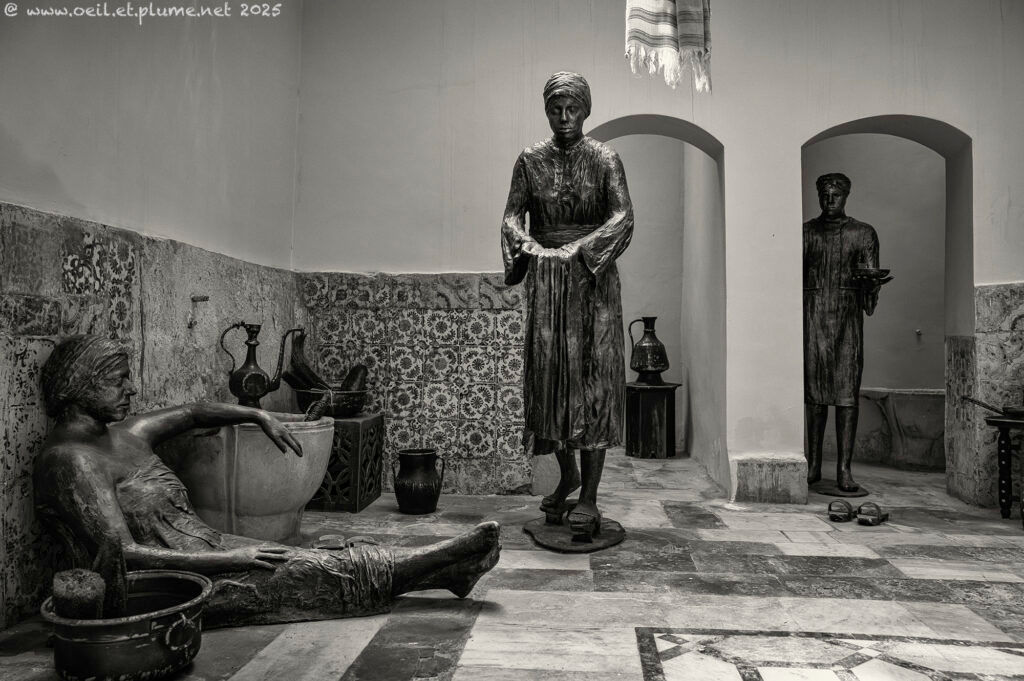
French reminiscence
Contemporary street life
Back to the sea
Acre is all the above and much more. A fascinating historical and cultural pot-pourri.
Cheers,
